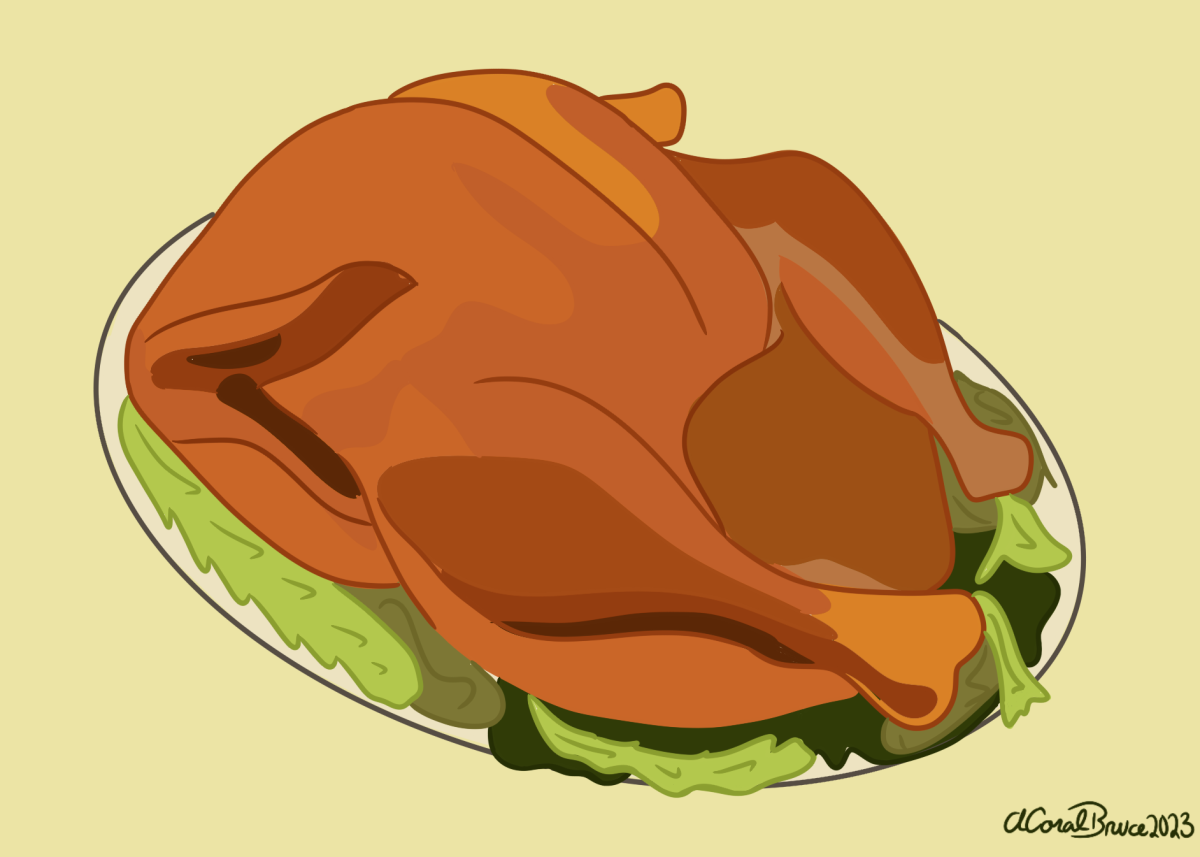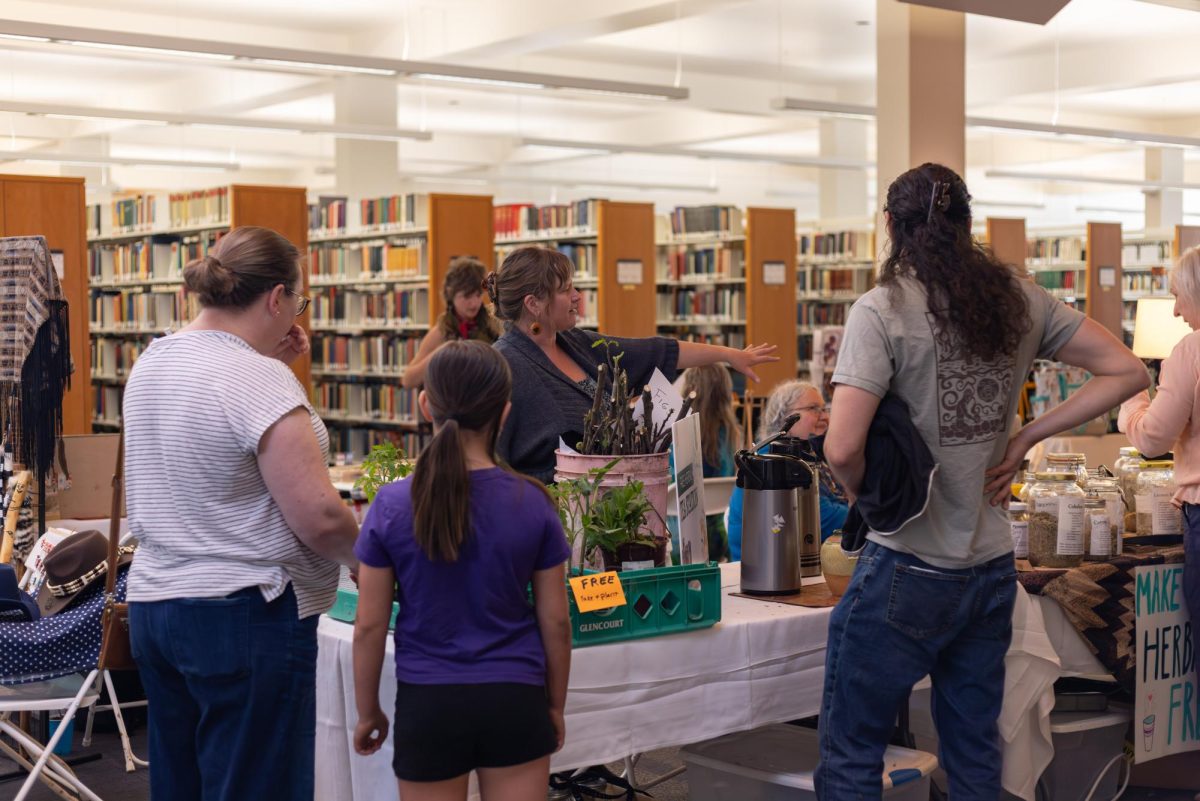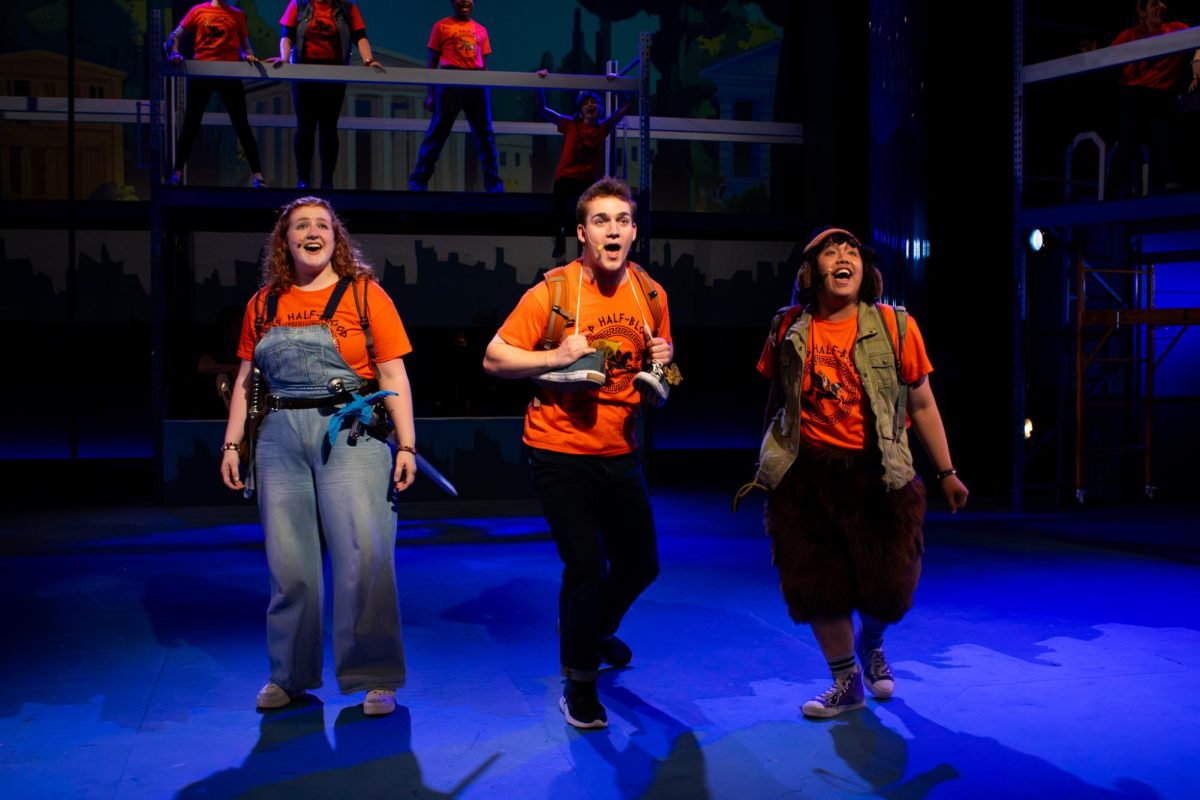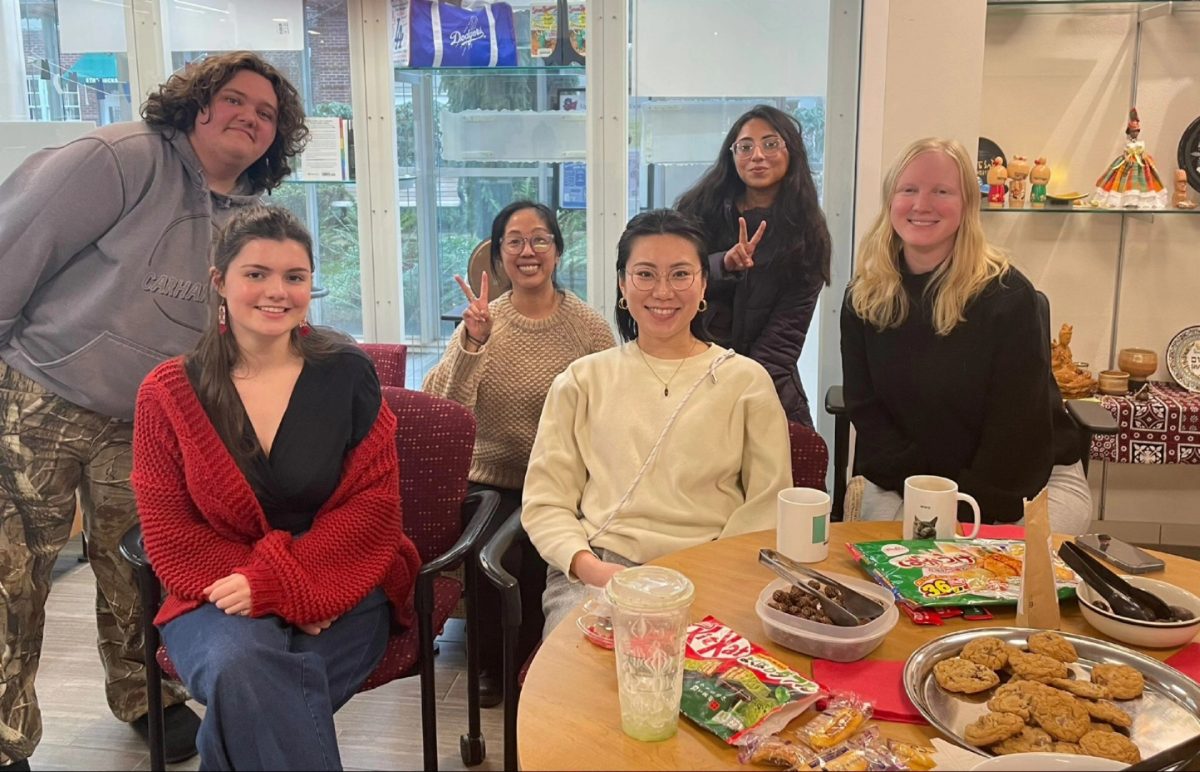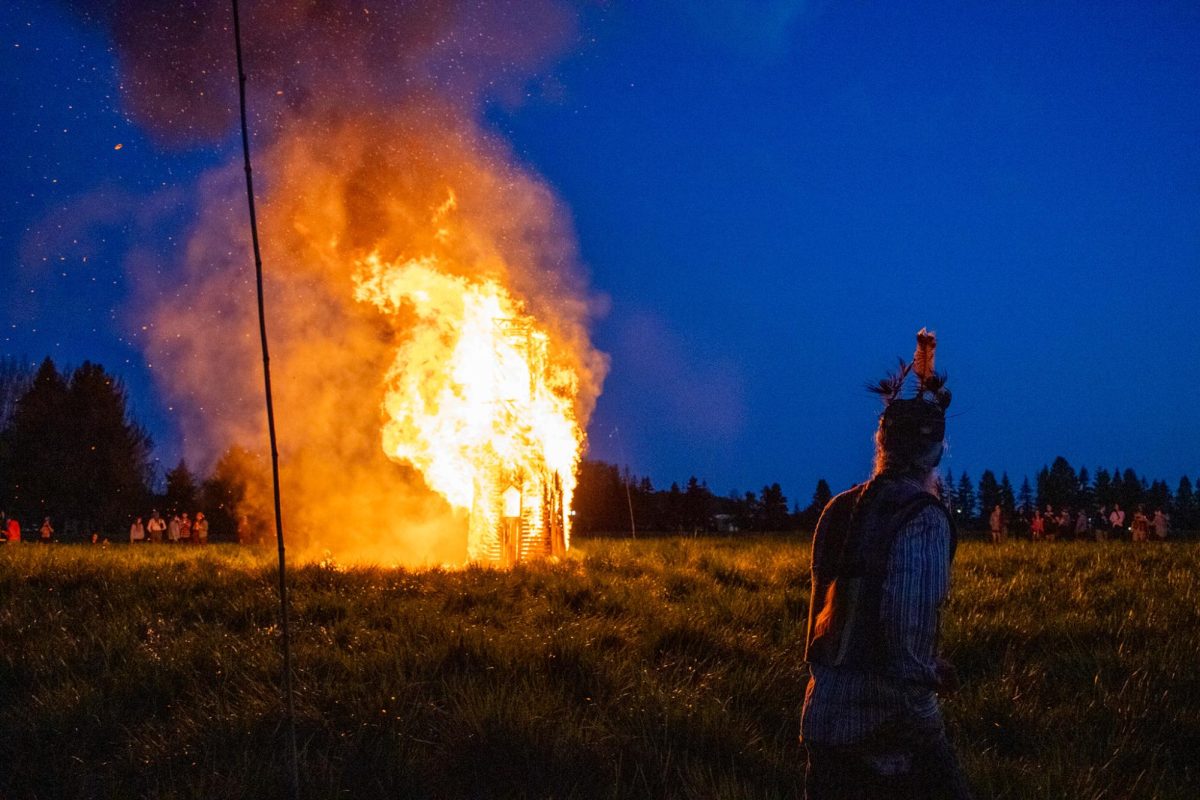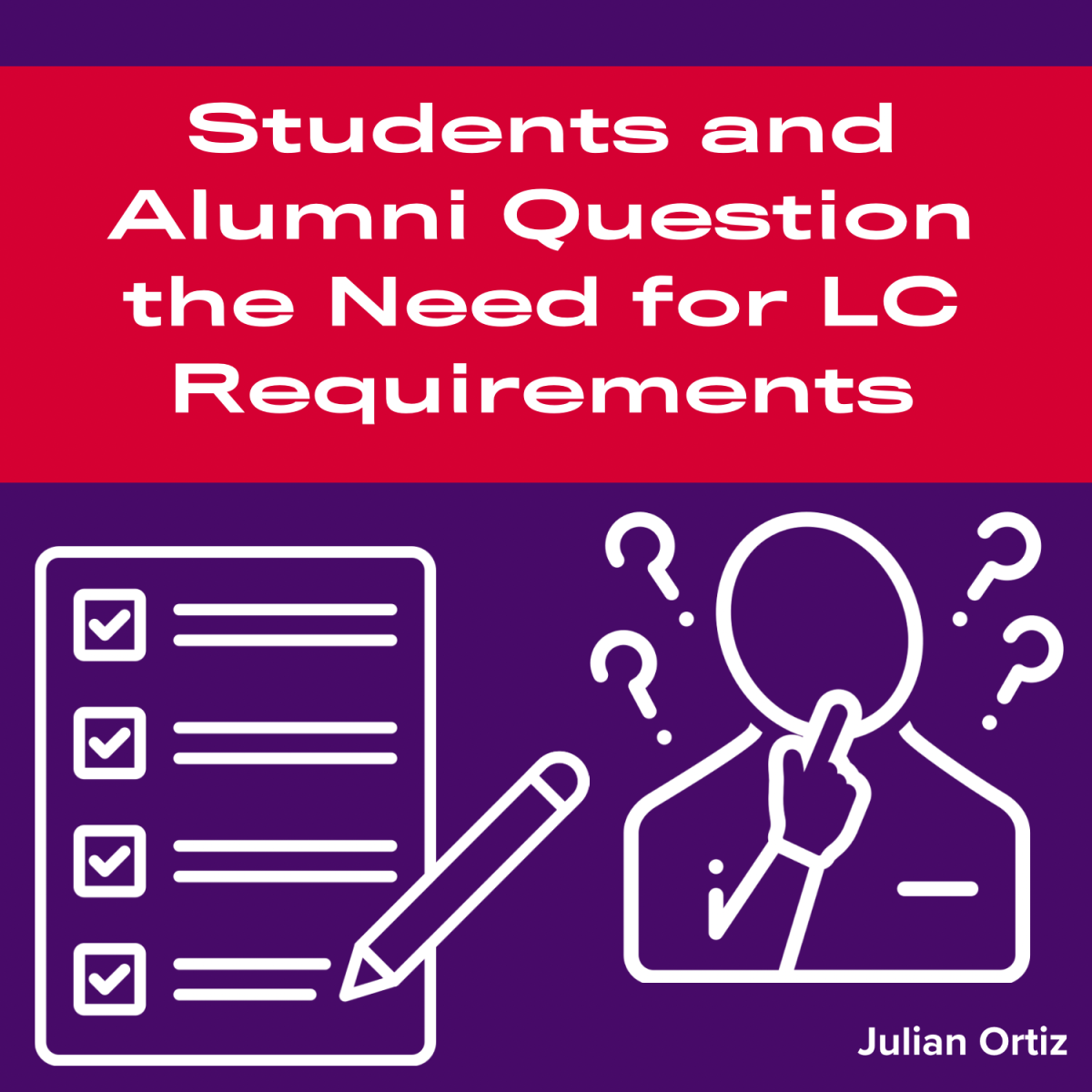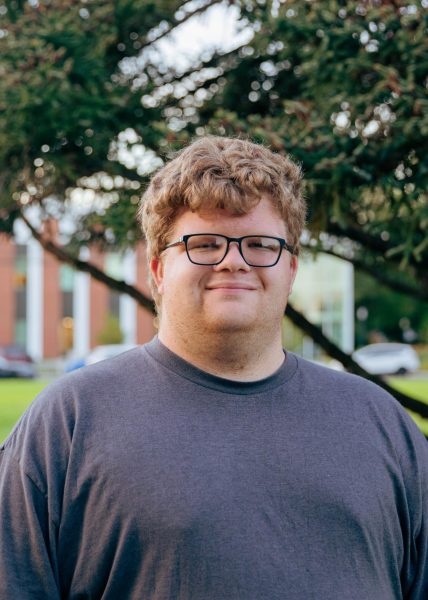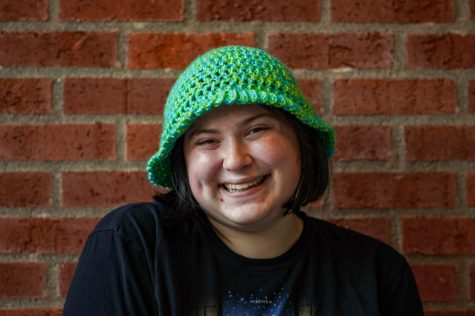The American Thanksgiving, held on the fourth Thursday of every November, is a holiday that centers around giving thanks. Today it is associated with turkey, football, family and holiday shopping, but the roots of the holiday go way back.
“Thanksgiving is a day to recognize the feast between pilgrims and native americans after the first harvest,” said Linfield sophomore Hadley Dunham.
The earliest roots of the holiday can be traced back to harvest festivals in Europe during the Protestant Reformation, with the first Thanksgiving celebrations being held in the United States in 1619, and a list of cultural changes that make Thanksgiving the holiday known today.
The story of the Mayflower and the pilgrims is the way most of us learned about the origin of Thanksgiving, however, that wasn’t the first to happen in the New World. According to the Virginia Museum of History and Culture, in 1619, 38 settlers arrived in Virginia, and after disembarking their ship held a religious thanksgiving celebration, which was to be an annual one as dictated in the colony’s charter. The more familiar origin for the celebration is the classic Mayflower tale. According to The Washington Post, the pilgrims, after landing in Massachusetts, found a cleared field, which used to be a village inhabited by the Patuxet tribe. However, due to illness, low food, and other factors, between arrival in December and March, half the pilgrims that arrived on the Mayflower had died.
The pilgrims befriended the last remaining Patuxet, Squanto, who was the last surviving member of the Patuxet. Squanto was formerly enslaved by Europeans but was freed. Squanto introduced the pilgrims, led by William Bradford, to the leader of the Wampanoag tribe: Massasoit. Massasoit decided to help the pilgrims by giving them food and teaching them how to grow food in Plymouth (their colony) in exchange for protection from rival tribes. Bradford agreed. Calling upon the previous traditions of Thanksgiving back in England, the pilgrims and Wampanoags ate together in a feast of Thanksgiving, giving birth to a long-standing American tradition. The alliance between the Wampanoags and pilgrims lasted until Massasoit’s death sometime between 1660 and 1661. Soon after Massasoit’s death relations between the two groups broke down, and the Wampanoags accused the pilgrims of assassinating one of their leaders, which was part of what led to a bloody war.
Thanksgiving has always been a reminder of European colonization for Native Americans. It is important to keep in mind that relations with the pilgrims and the Wampanoag broke down not long after their Thanksgiving, In the historical sense, the breakdown in relations, a military pact between colonists in the region, and violence between both groups culminated in a Christian Native American named John Sassamon warning Plymouth of an impending attack from Wampanoag forces, and was then found murdered, leading to three Wampanoag men being hanged. This set the stage for the King Philip War, between colonists and an alliance of Native American tribes in New England. This context makes Native Americans today see Thanksgiving not as much as a holiday to give thanks but as a reminder of the takeover of their land. Because of this, the United American Indians of New England have organized a “National Day of Mourning” to protest the myth of the first Thanksgiving and the harmful narrative it perpetuates. Although some Native Americans celebrate Thanksgiving as a day to be with loved ones, this is just one example among many about the Native American perspective on Thanksgiving, it is not the ceremonial day of Thanks many Americans see it as, however the anniversary of when their way of life was changed by Europe forever.
Today, Thanksgiving is an important holiday to many. The climax of the holiday is the Thanksgiving dinner, a usual family celebration (although one among friends has been a recent trend), consisting of turkey, stuffing, cranberries, mashed potatoes and other food. The Thanksgiving dinner is a beloved celebration for many American families and calls back to the earliest celebrations of the holiday.
“For me, Thanksgiving is all about spending time with my family and friends, showing my appreciation for them and all they do for me,” said Linfield sophomore Madison Woods.

